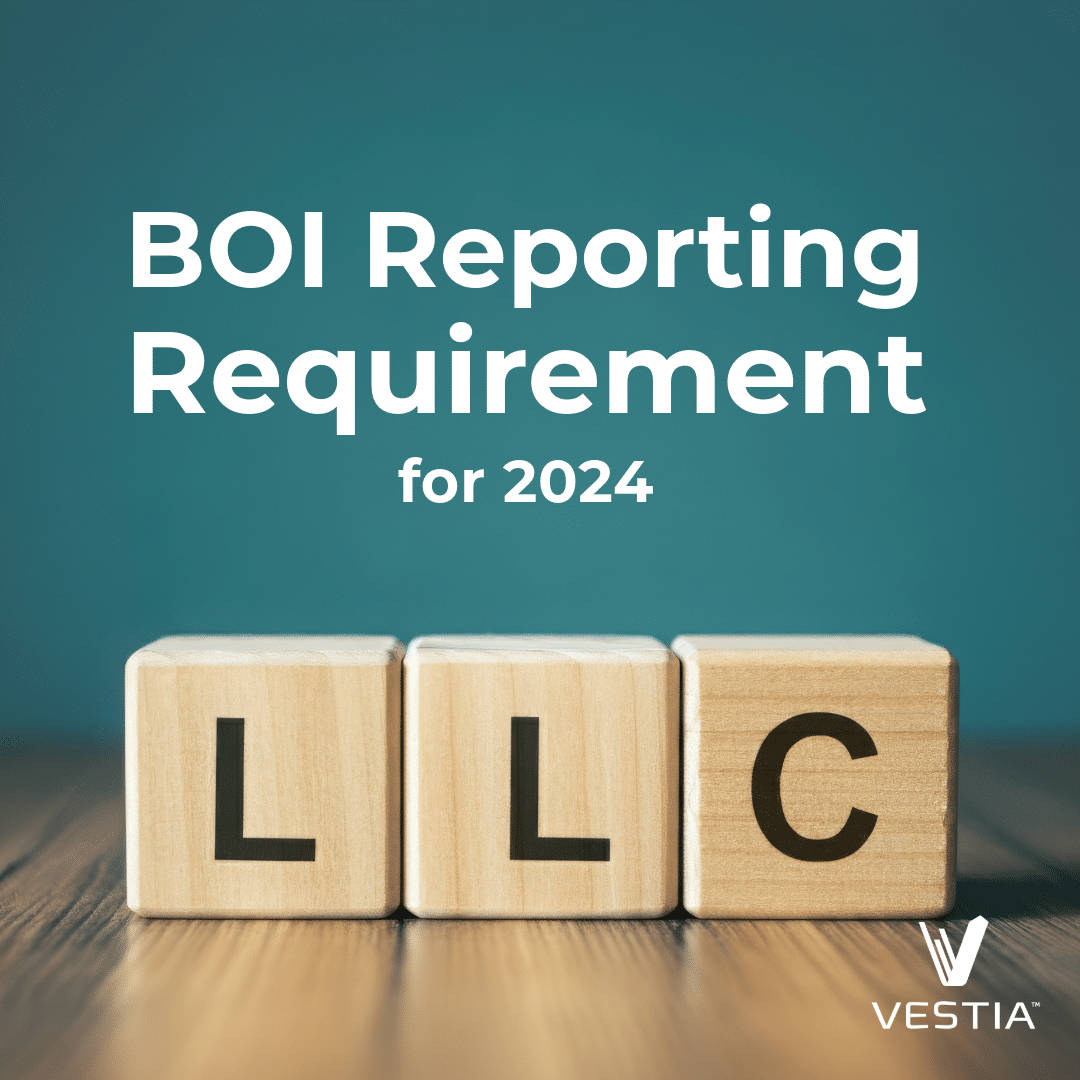There are several reasons why physicians invest—one is likely to build wealth and secure a comfortable retirement.
But one important question mark is how that money will be taxed in retirement.
In general, there are three tax buckets physicians should be aware of while investing. Let’s dive deeper into each and determine if there’s one that’s a cut above the rest.
What Are The Three Tax Buckets?
Anytime you invest, you can do so in one of three main buckets:
- Bucket 1: Tax-deferred
- Bucket 2: Taxable
- Bucket 3: Tax-Advantaged
Take a look at the graphic to see some examples of investment accounts that fall into each category.

The kicker? You can purchase the same investments in any one of the three buckets. Your S&P 500 index fund might live in your employer-sponsored retirement plan or your brokerage account. But, that investment won’t receive the same treatment in each account.
The difference lies in how and when you have to pay tax on the money.
Bucket 1: Tax-Deferred Accounts
By investing in tax-deferred accounts, you contribute with pre-tax dollars that likely come directly from your paycheck. Many employer-sponsored retirement accounts operate like this, including a traditional 401(k), 403(b), 457, etc. Self-employed physicians may run into this tax treatment with their SEP or SIMPLE IRA as well.
Let’s answer the big two tax questions:
- How are tax-deferred accounts taxed? The IRS taxes distributions at ordinary income rates.
- When are tax-deferred accounts taxed? You’ll have to pay taxes in the year you take a distribution. So, if you withdrew $50,000 from your traditional 401(k) in 2021, you’ll have to pay ordinary income taxes on the entire distribution this tax year (by April 2022).
Tax-deferred accounts can offer physicians several benefits, namely lowering taxable income in the year of the contribution. Investing in these accounts means you can save money on taxes today, which can be beneficial in high-income years.
You also won’t have to pay annual taxes on the investment growth in these accounts. All of that growth will be taxed when it comes time to take withdrawals in retirement. In most situations, you must be 59 ½ to access funds in tax-deferred retirement accounts without penalty, though there are exceptions to that rule.
While advantageous, bucket one comes with a considerable downside: the unknown of future tax rates.
It’s often a misconception that doctors won’t have much reportable income in retirement. Between personal savings and other retirement income like Social Security, pensions, annuities, etc., doctors may find themselves earning more money than they initially anticipated. If all of their personal funds are tied in tax-deferred accounts, they may end up raising their taxable income substantially.
For many physicians, the most significant wildcard with tax-deferred accounts is changing tax rates. While we know what tax rates are today, we don’t know what they will be when you retire—we don’t even know what tax rates may look like in the next month!
If tax rates end up being higher in retirement, it’s possible that you could report less income but pay higher taxes on it or find yourself in a higher tax bracket altogether.
Think about it like this: if you have $1 million in your 401(k), it isn’t clear how much of that value is genuinely “spendable” money and how much may be shaved off the top for taxes.
Bucket 2: Taxable Accounts
Taxable accounts, like a brokerage account, can offer investors a lot of flexibility. Unlike tax-sheltered accounts, the funds in taxable accounts tend to be more accessible as you need them, making this bucket a great place to save for ongoing short and long-term goals.
Doctors can also encounter this second bucket when investing in surgery centers and/or in their practice’s value.
Here are the big two tax questions:
- How are taxable accounts taxed? You contribute with after-tax dollars, and you’ll often pay capital gains tax on the profit—either short or long-term, depending on how long you held the asset. Short-term capital gains apply to assets held for a year or less and are taxed at ordinary income rates. Long-term capital gains apply to assets held for over a year and have their own, often more favorable, tax rate.
- When are you taxed? You owe taxes in the year you sell the investment.
Here’s a quick example of how capital gains tax works.
Say you used $200 (pre-tax) to buy Apple stock. After a year, the value bumps to $250, and you decide to sell it. You won’t have to pay tax on the initial investment ($200); instead, you’ll pay capital gains tax on the $50 gain.
Depending on your income, long-term capital gains tax rates are tiered (0%, 15%, or 20%). Additionally, those earning over $200,000 filing single and $250,000 married filing jointly are subject to a 3.8% net investment income tax (NIIT). So, physicians in prime earning years typically pay a 23.8% long-term capital gains rate. While it may seem high, it’s much lower than the current top tier 37% income tax bracket.
There are several strategies to help control the impact of capital gains, like tax-loss harvesting (selling investments at a loss to offset gains) and strategically realizing gains (selling investments in good, desirable environments).
While capital gains rates are always subject to change, the top rate has historically hovered around the 20-25% mark, which provides a good average to consider. But, like with tax-deferred accounts, future rates are still unknown, which can be a long-term risk for taxable accounts.
Bucket 3: Tax-Advantaged Accounts
Last but not least, you can invest in tax-advantaged accounts, where contributions are after-tax but distributions (assuming you follow all the rules) are tax-free. Common examples of these accounts include a Roth IRA, Roth 401(k)/4013(b), Health Savings Account, and a 529 plan.
Below are the answers to the big two tax questions
- How are these investments taxed? You pay taxes upfront, so you invest with after-tax money.
- When are these investments taxed? Before you invest.
These accounts are like the inverse to bucket 1. You invest with after-tax dollars, earnings grow tax-free, and all qualified distributions remain tax-free.
As you advance in your career, you may become ineligible to contribute to a Roth IRA directly, but there are several ways physicians can access and take advantage of Roth accounts like a backdoor Roth IRA, investing in a Roth 401(k), among others. If you’re interested, you can read more about it in a recent blog we published.
A critical advantage of this account type is that it helps mitigate the future tax risk from buckets two and three. If you withdrew $50,000 from a Roth account instead of a traditional account, you wouldn’t have to pay taxes on the money (again, assuming you follow distribution rules).
So with these accounts, there’s more clarity over how much money you have at your disposal—$50,000 is truly $50,000, not $50,000 minus the government’s cut.
This feature can come with tremendous benefits in retirement because you have the freedom and flexibility to use the money without worrying about pushing yourself into a higher tax bracket and potentially impacting other retirement costs like taxes on Social Security benefits and Medicare premiums.
Which Bucket Is The Best?
If you assumed this was a trick question, you’d be right!
For us, there’s no “best” in investing. A strong, healthy, and coordinated plan will take advantage of all three types. Together, we’ll help you create a distribution strategy that considers all of your income sources, your income needs, retirement goals, and more.
Take the following as general examples.
- Say you’re in retirement and we’re in a particularly high tax-rate environment. In this case, we may look to tap more of the tax-free money in bucket three.
- But if you’re retired and we’re in a historically low tax rate environment, we may consider drawing more from your tax-deferred retirement accounts and leave the tax-free money to grow and prepare for when you need it next.
You can find power and confidence in a coordinated strategy that considers your income goals and tax situation. We seek to help you maximize the dollars you have to spend and minimize the amount of your hard-earned money that goes to the government.
A coordinated investment strategy can help you build wealth and provide opportunities to reach your goals. Our team would love to help you create a plan that gives you freedom, flexibility, and choices with your money. Set up a call to learn more today.
Disclosures
Investment advisory services offered through Vestia Personal Wealth Advisors, Vestia Retirement Plan Consultants, and Vestia Advisors, LLC. Securities offered through Ausdal Financial Partners, Inc., 5187 Utica Ridge Rd, Davenport, IA. 52807 (563)326-2064. Member FINRA/SIPC. Vestia Personal Wealth Advisors, Vestia Retirement Plan Consultants, Vestia Advisors, LLC, and Ausdal Financial Partners, Inc. are independently owned and operated.
This material is intended for informational purposes only. It should not be construed as legal or tax advice and is not intended to replace the advice of a qualified attorney or tax advisor. This information is not an offer or a solicitation to buy or sell securities. The information contained may have been compiled from third-party sources and is believed to be reliable.



